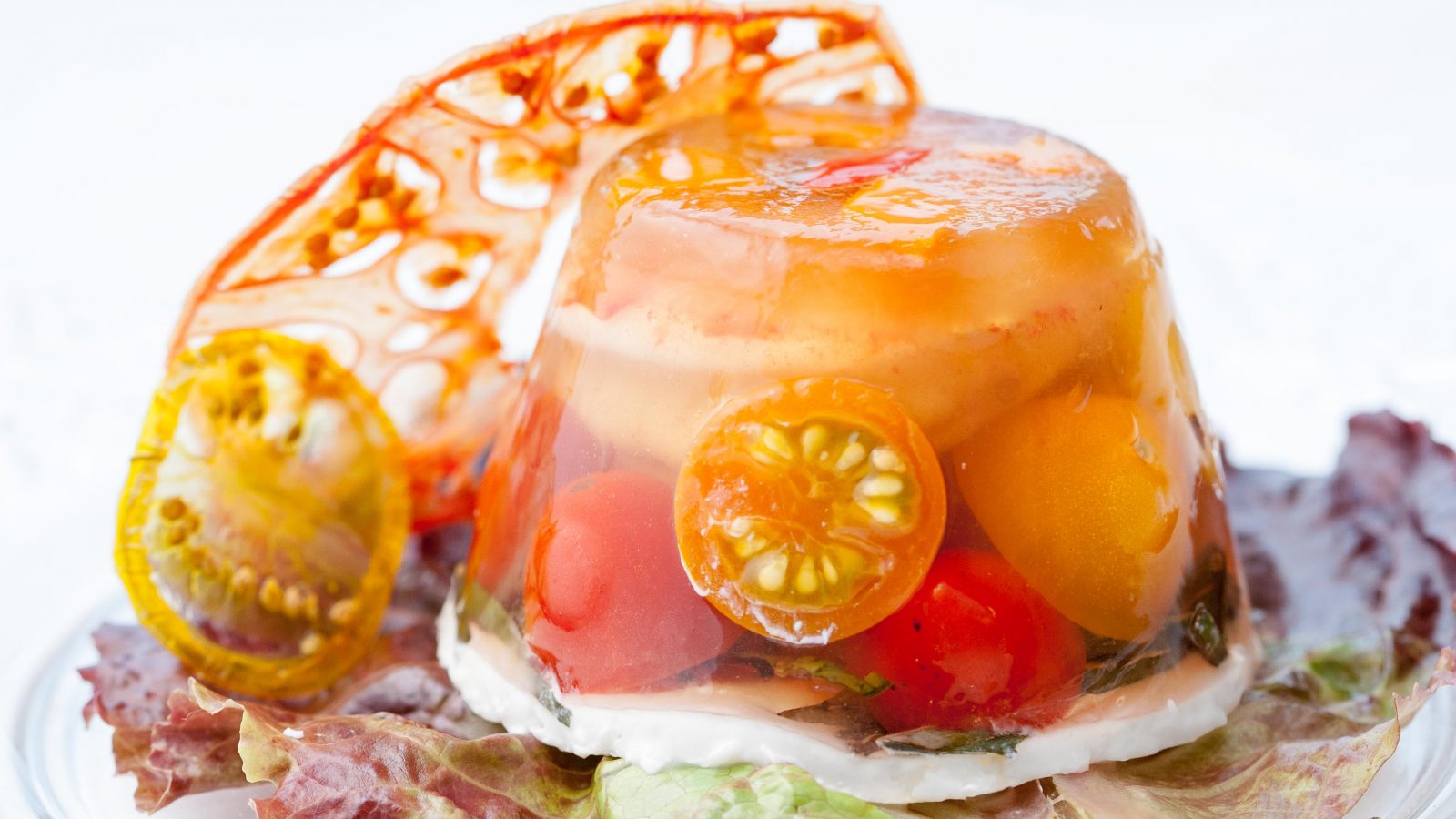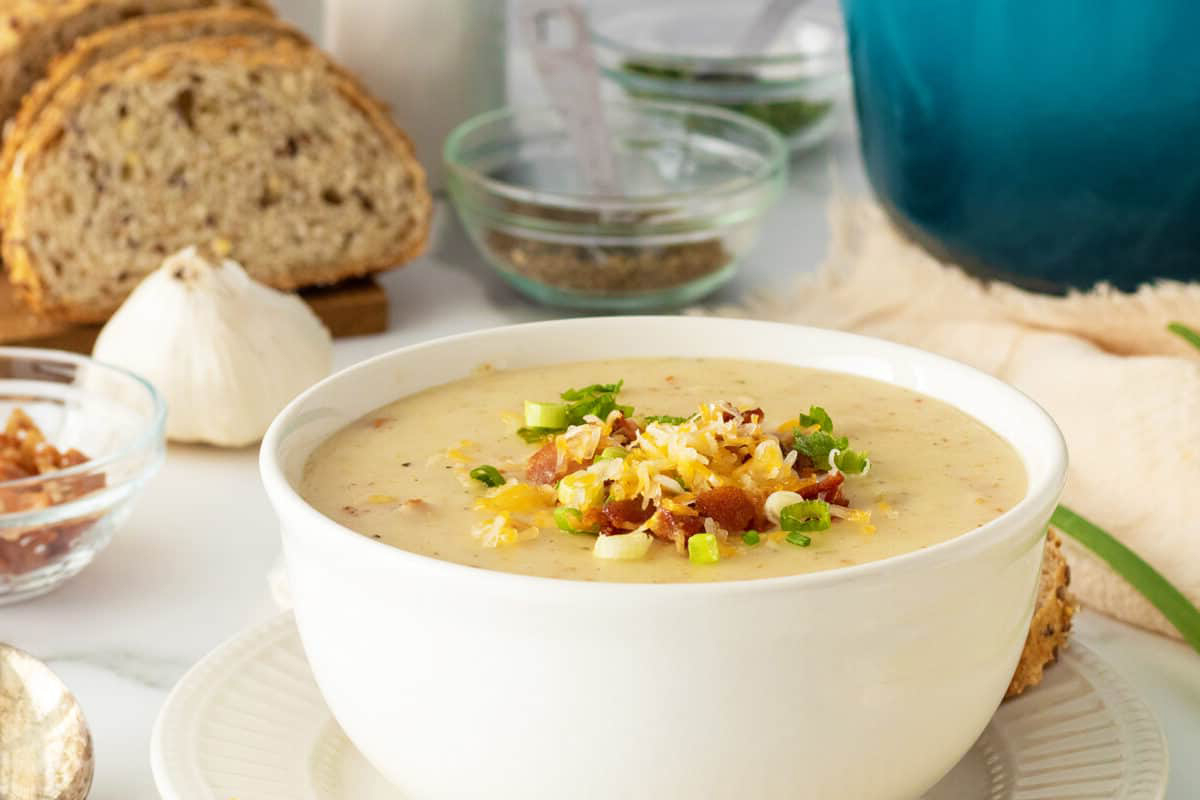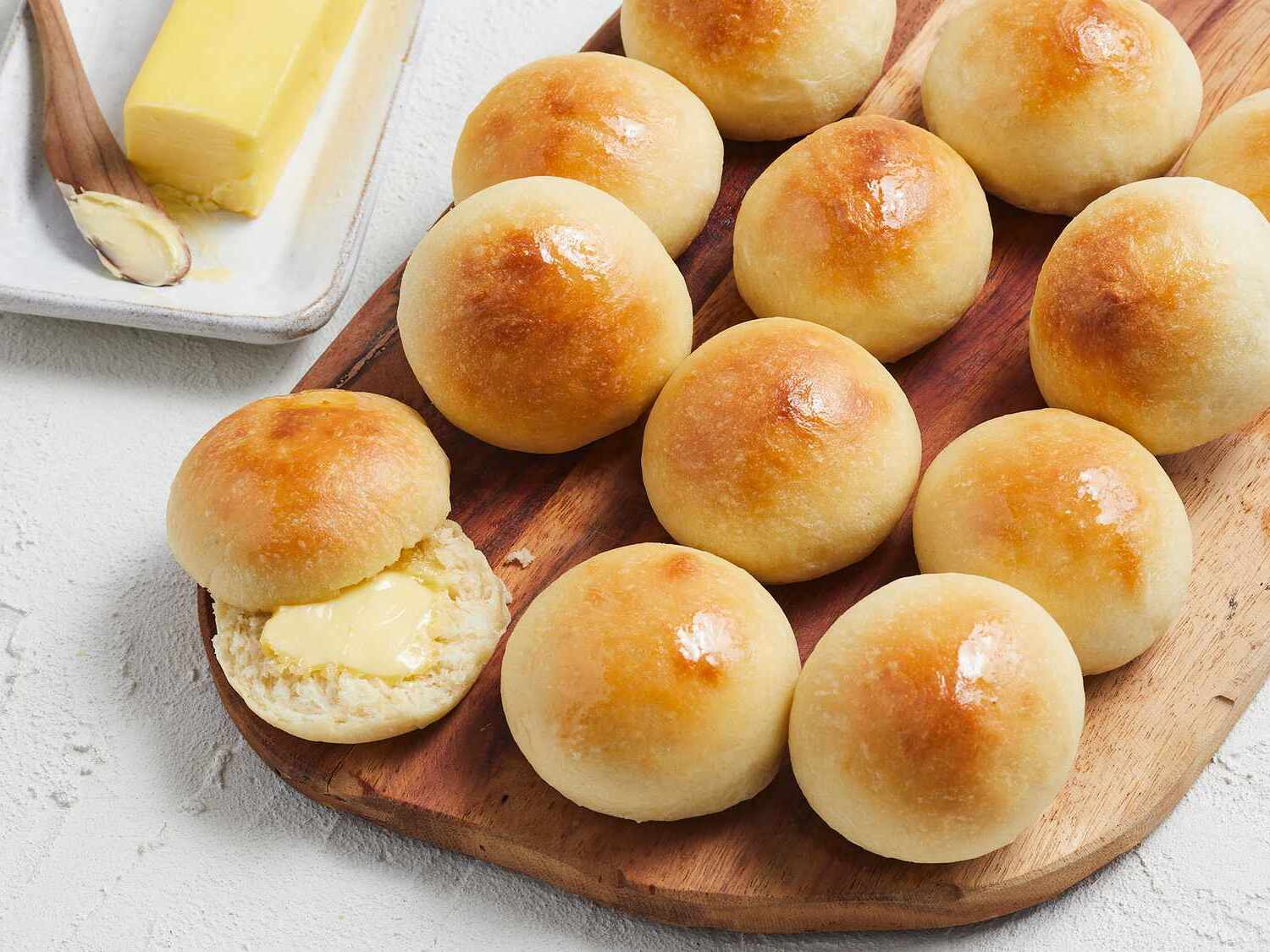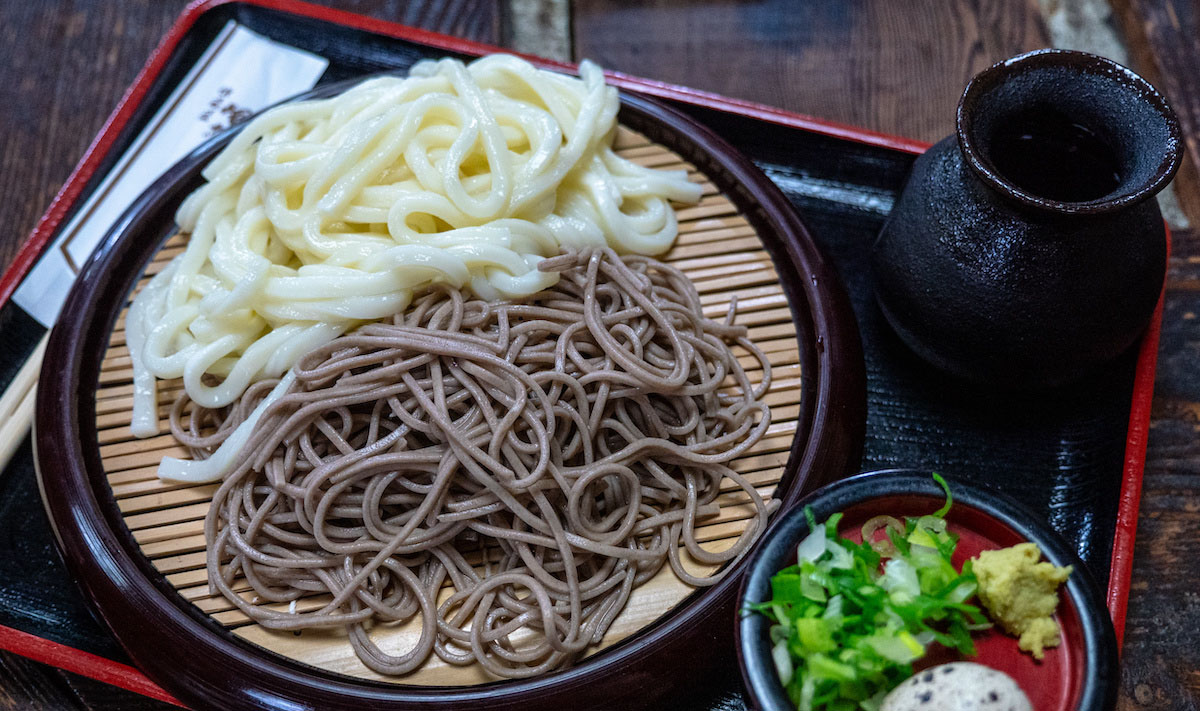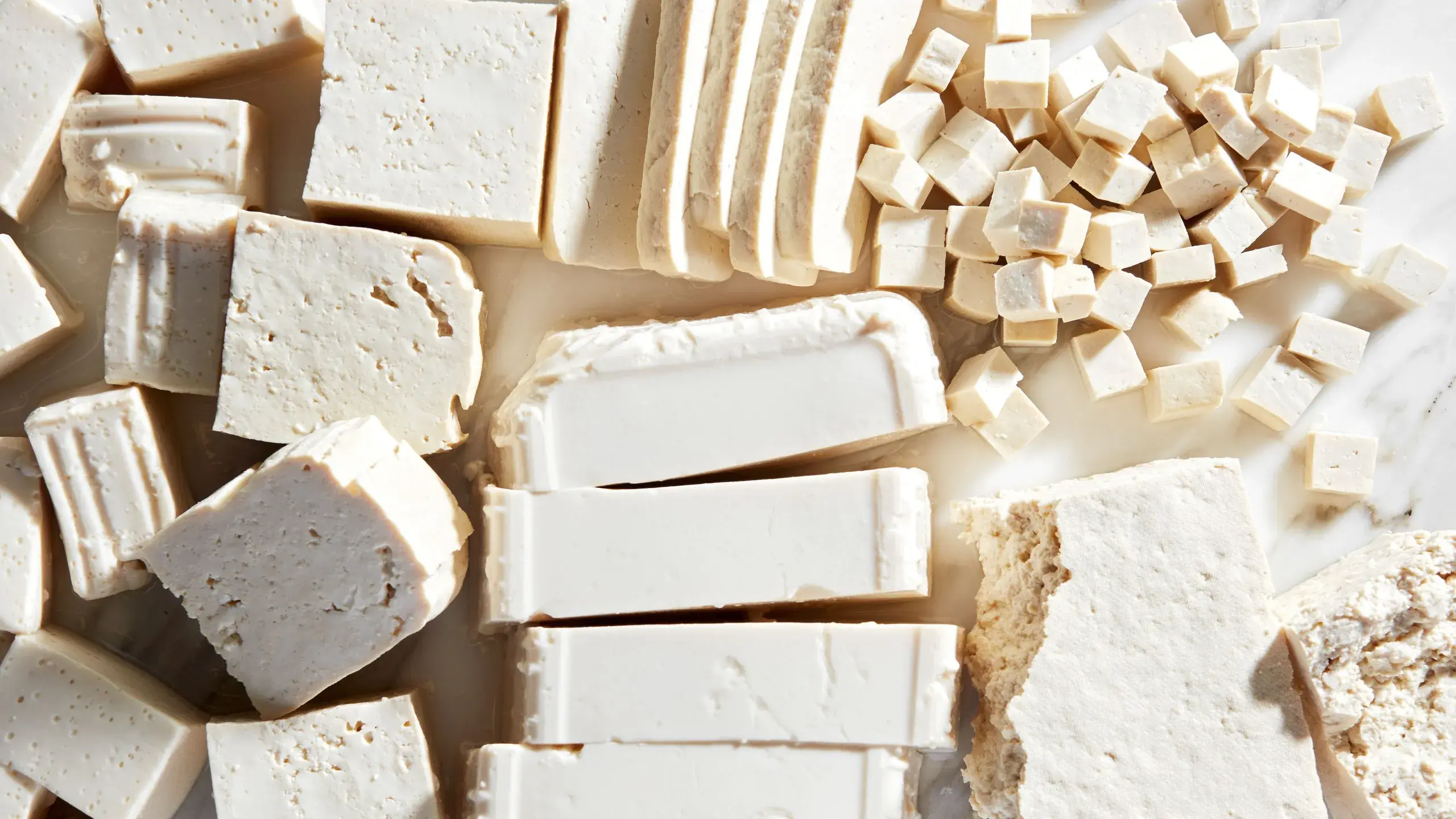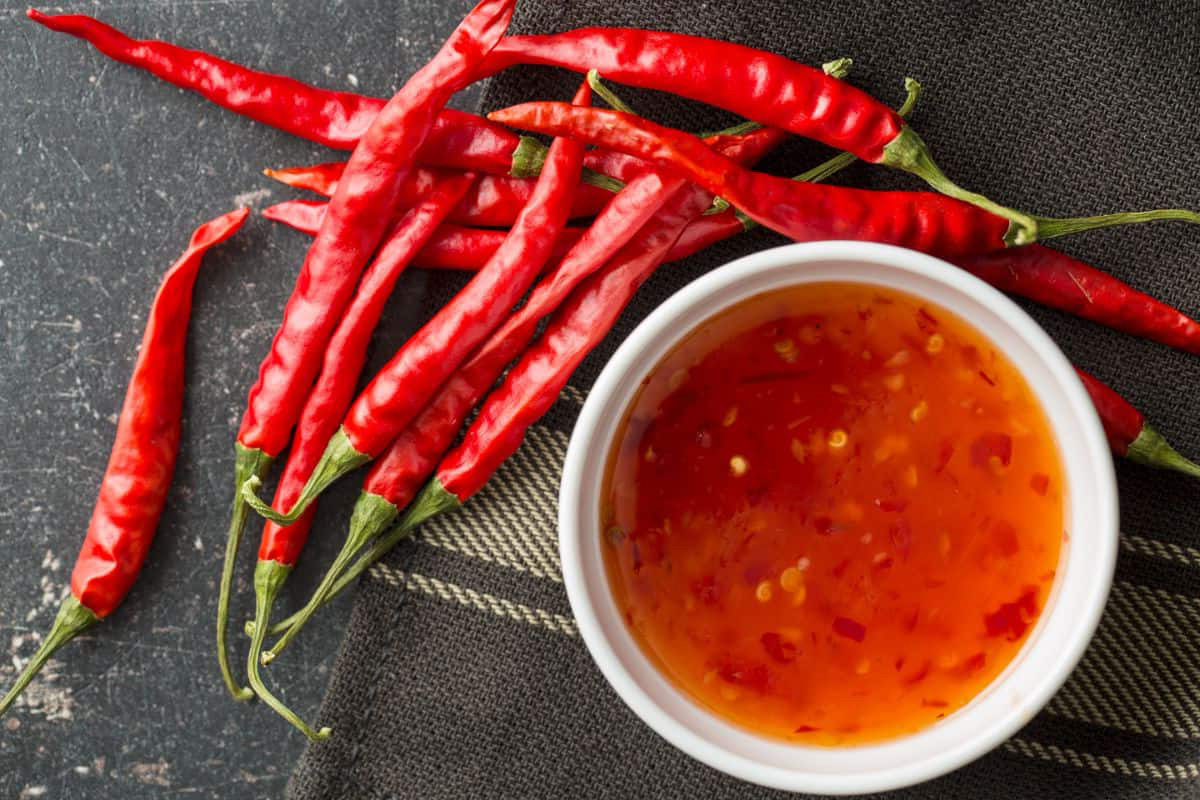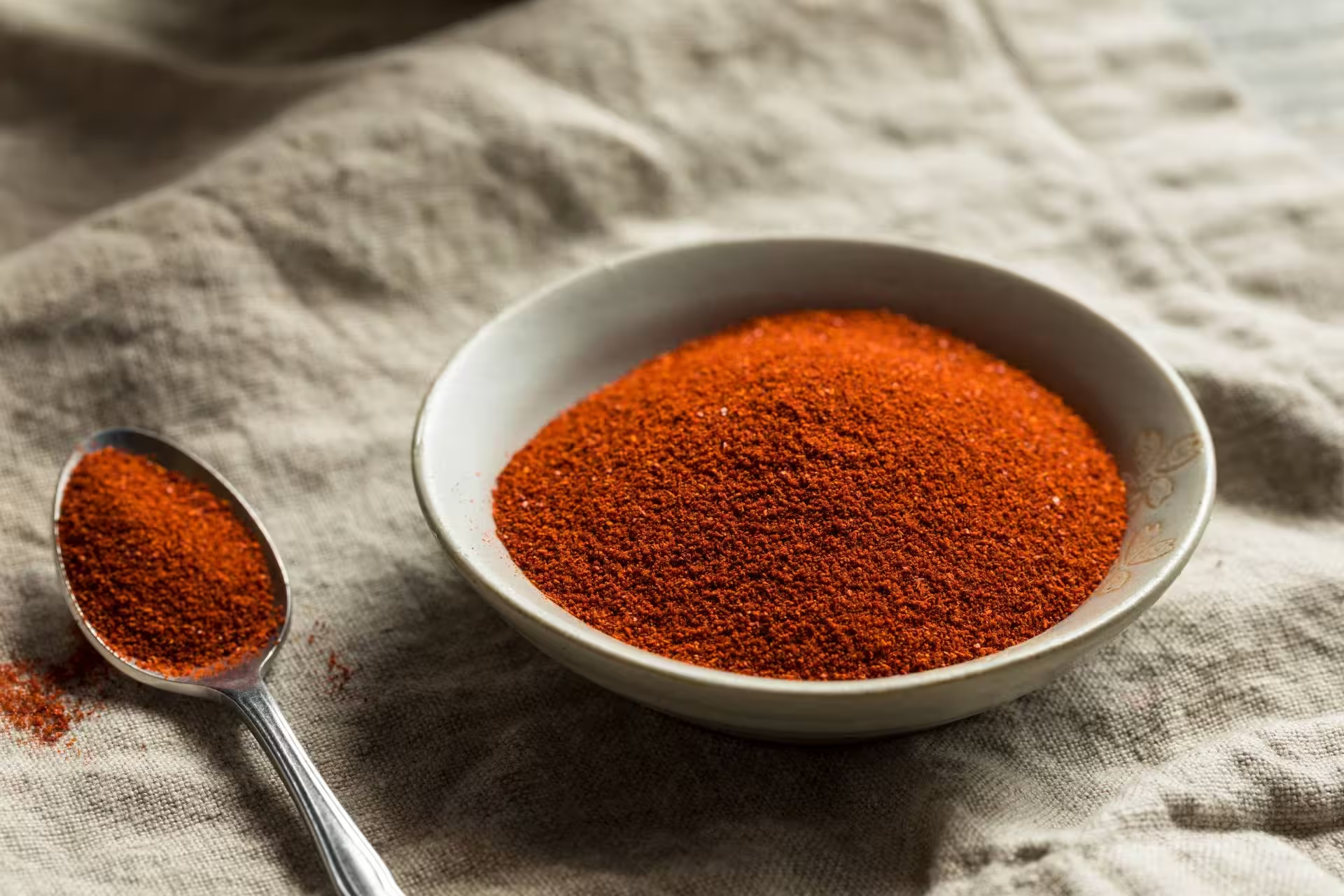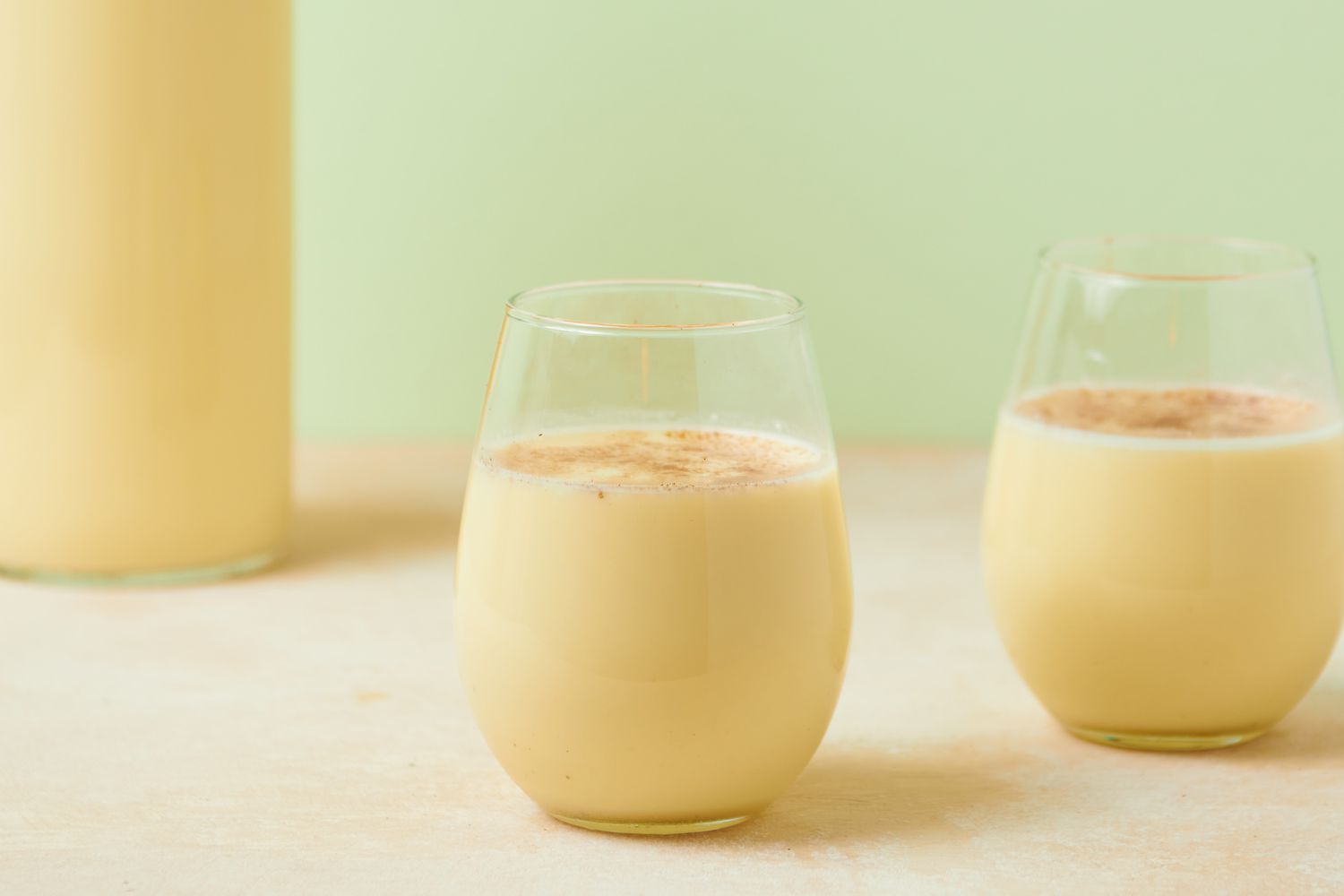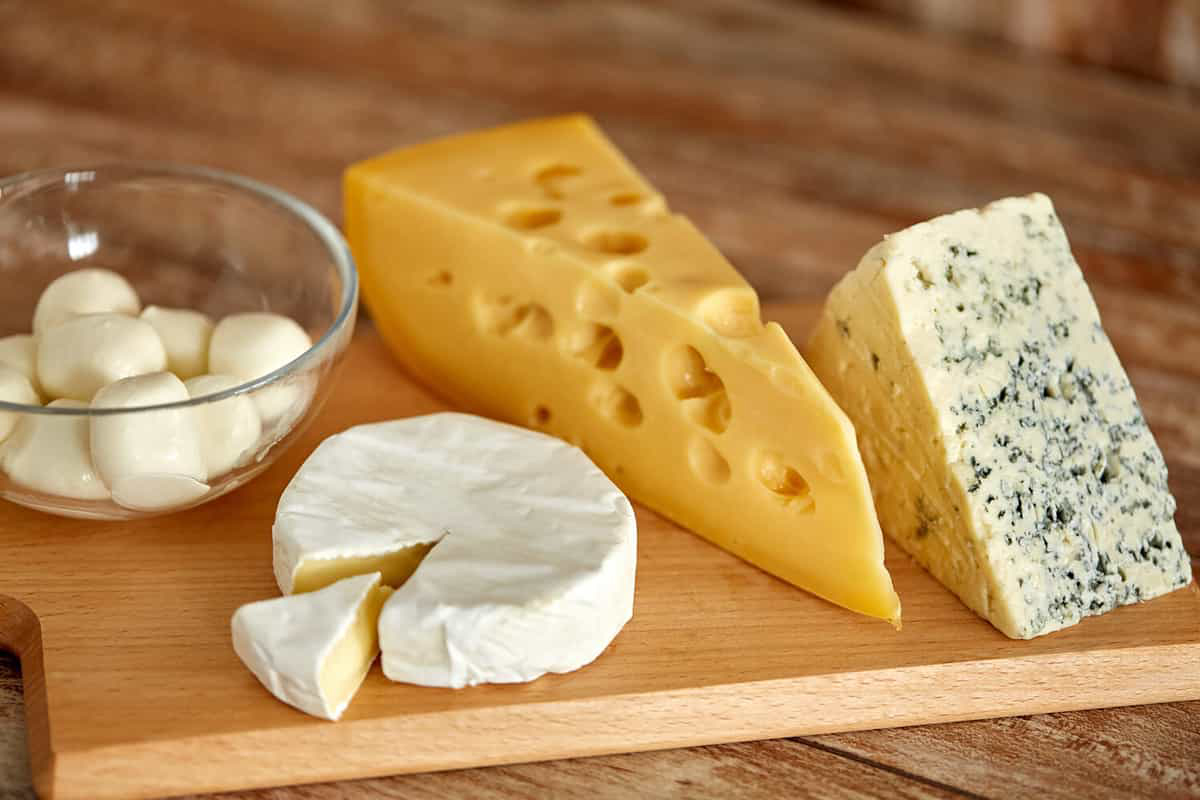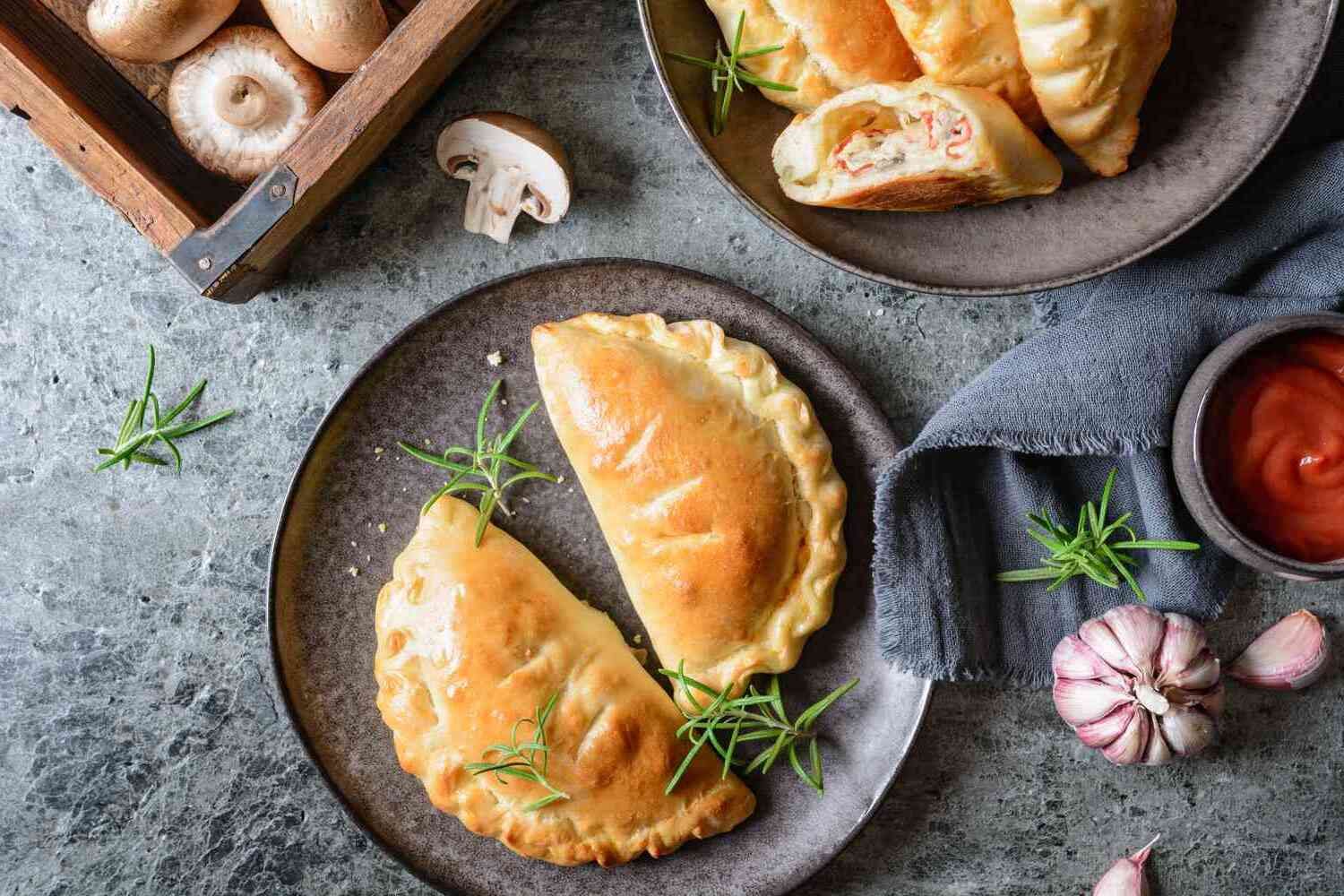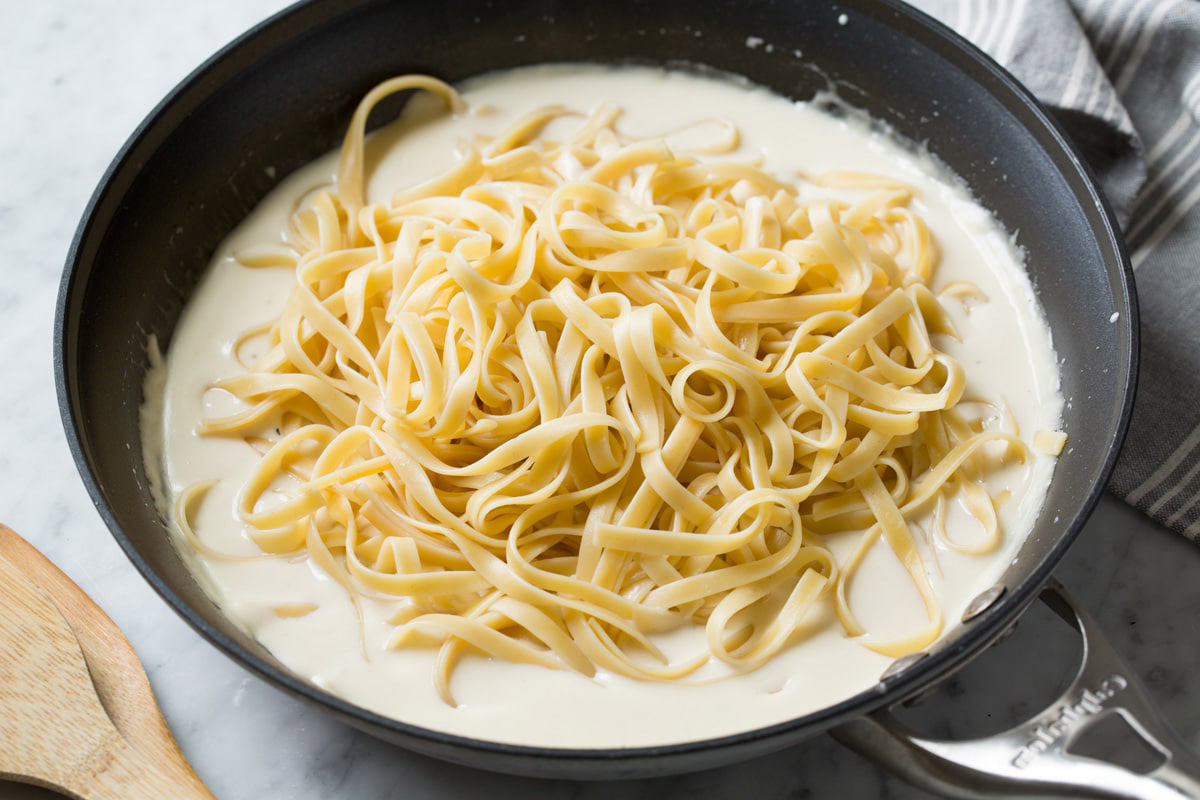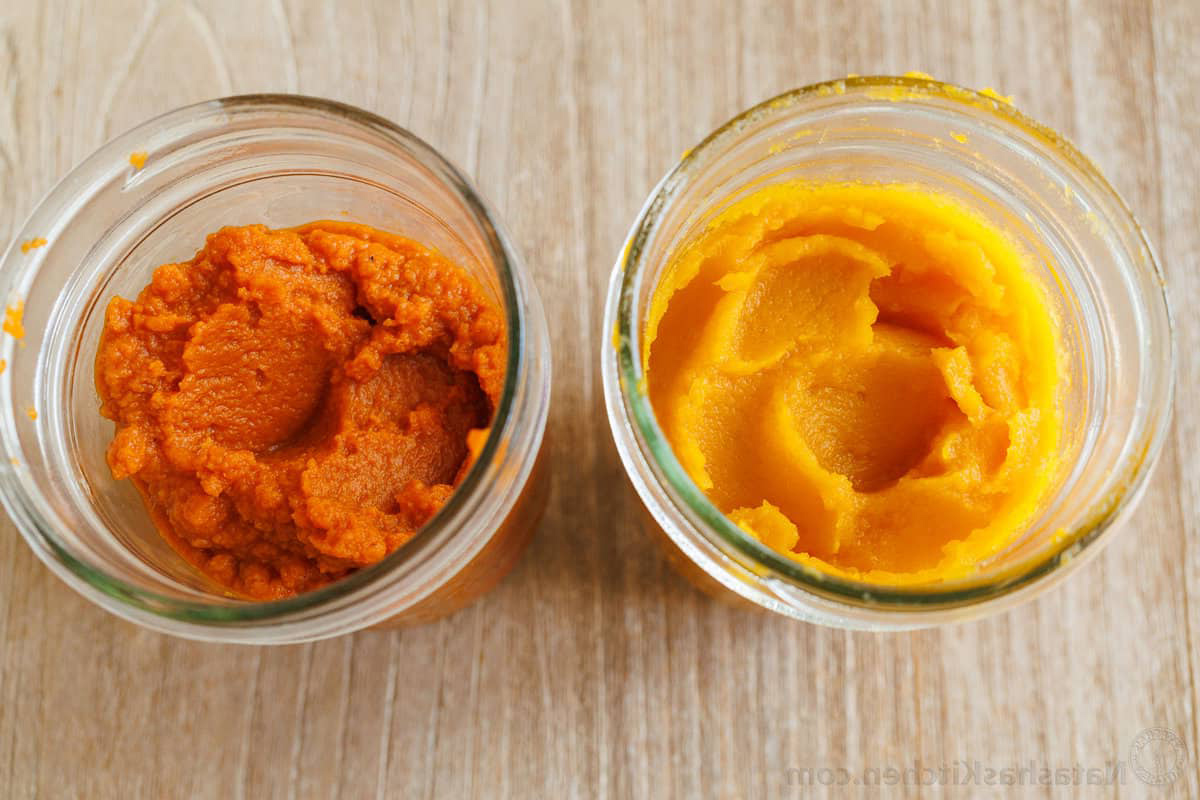Discovering the Delight of Boiled Frosting
Are you a fan of sweet treats and delectable desserts? If so, you may have come across the term “boiled frosting” in your culinary adventures. But what exactly is boiled frosting, and how does it differ from other types of frosting? Let’s dive into the delightful world of boiled frosting and uncover its unique characteristics and appeal.
Understanding Boiled Frosting
Boiled frosting, also known as seven-minute frosting, is a light and fluffy confection that is made by cooking sugar, water, and egg whites to create a smooth and airy texture. Unlike traditional buttercream frosting, which is made with butter and powdered sugar, boiled frosting has a distinctively light and marshmallow-like consistency.
One of the key features of boiled frosting is its versatility. It can be flavored with various extracts, such as vanilla or almond, to add a delightful aroma and taste to your baked goods. Additionally, its smooth texture makes it ideal for spreading or piping onto cakes, cupcakes, and cookies, adding a touch of elegance to any dessert.
The Boiling Process
Creating boiled frosting involves a precise boiling process that requires attention to detail. The sugar and water are heated in a saucepan until the mixture reaches the soft-ball stage, which is around 240°F (115°C) on a candy thermometer. Meanwhile, the egg whites are whipped to stiff peaks in a separate bowl. Once the sugar syrup reaches the desired temperature, it is carefully poured into the whipped egg whites while continuing to beat the mixture until it becomes thick and glossy.
Benefits of Boiled Frosting
Boiled frosting offers several advantages that set it apart from other types of frosting:
- Light and Fluffy Texture: Boiled frosting has a delightful airy texture that adds a soft and pillowy element to desserts.
- Stable and Durable: This frosting holds up well in various weather conditions and is less prone to melting compared to buttercream frosting.
- Low in Fat: Unlike buttercream frosting, boiled frosting is lower in fat, making it a lighter option for those seeking a healthier alternative.
Ways to Use Boiled Frosting
Boiled frosting can be used in a variety of ways to enhance the presentation and flavor of your baked goods:
- Cake Frosting: Spread boiled frosting on top of cakes to create a smooth and elegant finish.
- Cupcake Topping: Pipe boiled frosting onto cupcakes for a decorative and delectable touch.
- Filling for Pastries: Use boiled frosting as a filling for pastries and cookies to add a sweet and creamy center.
Conclusion
Boiled frosting is a delightful addition to any baker’s repertoire, offering a light and airy texture that elevates the appeal of various desserts. Its versatility and unique characteristics make it a standout choice for those seeking a frosting option that is both visually appealing and delicious. Whether you’re a seasoned baker or a novice in the kitchen, exploring the world of boiled frosting can open up a world of sweet possibilities for your culinary creations.
Was this page helpful?
Read Next: What Is A 7-Layer Salad?
